Sudan"s gemstone market exhibits a fascinating dichotomy: the potential for significant economic contribution juxtaposed with underutilization in global trade. Despite a diverse portfolio that includes rubies, emeralds, and lapis lazuli, Sudan"s ores and metals exports constitute a mere 0. 42% of its merchandise exports, as of the most recent data. This contrasts sharply with the dominant 53. 7% share of fuel exports. Such figures highlight a critical gap and untapped opportunity for diversification. A deeper analysis reveals the challenges faced in the gemstones sector. Sudan"s exports of goods, services, and primary income have seen fluctuations, with a notable decline from $11 billion in 2011 to $4.
9 billion in the latest records. This is compounded by a relatively stable yet minimal mineral rent contribution to GDP, standing at 0. 78%. Comparisons with other resource-rich nations suggest that Sudan"s resource management and value addition in the gemstones sector are areas ripe for development. Looking ahead, the integration of advanced mining technologies and international partnerships could catalyze growth. Countries with similar geological profiles have leveraged their mineral wealth through strategic investments and technology adoption. For Sudan, focusing on enhancing the value chain—particularly in cutting and polishing gemstones—could increase export value and create jobs, thereby boosting GDP. Aritral.
com, an AI-driven B2B platform, provides the tools necessary for such transformation. With services like Product Listing and AI-Powered Marketing, businesses can enhance visibility and forge direct communication lines with global buyers. By managing profiles and utilizing global sales assistance, Sudanese gemstone suppliers can overcome current barriers, aligning with international standards and expanding market reach. Embracing these digital solutions could be pivotal in repositioning Sudan as a key player global gemstone market.
-
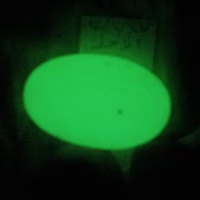 علاالدین 3 مہینے پہلے
علاالدین 3 مہینے پہلے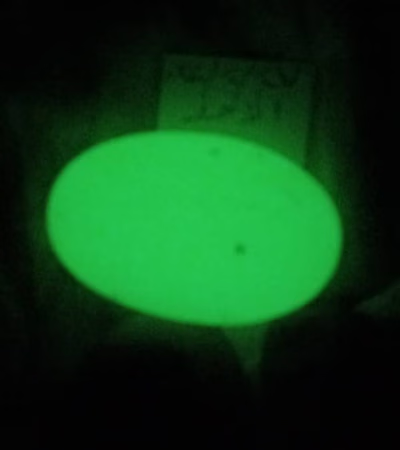 سوڈان
سانپ کا جواہر
سوڈان
سانپ کا جواہر
منفردتفصیلات
-
 بکری عمر 3 مہینے پہلے
بکری عمر 3 مہینے پہلے سوڈان
نیزک اسٹونز
سوڈان
نیزک اسٹونز
میرے پاس سوڈان میں میٹیئر پتھروں کی بڑی مقدار ہے۔ مجھے اس شعبے میں ایک ماہر کی ضرورت ہے تاکہ وہ مجھ سے رابطہ کرے اور دیکھے کہ خریداری کا نظام کیسے کام...تفصیلات
-
 عماد الدین اسماعیل المعادی 3 مہینے پہلے
عماد الدین اسماعیل المعادی 3 مہینے پہلے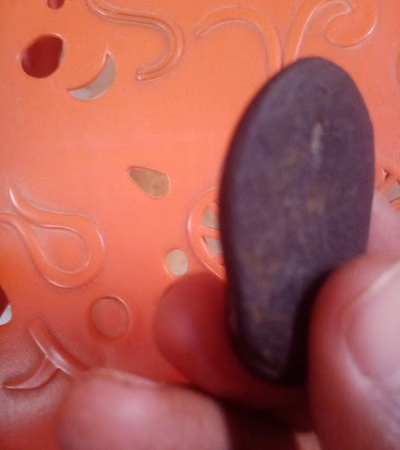 سوڈان
جواہر کا کٹر
سوڈان
جواہر کا کٹر
سیاہ میٹیورائٹتفصیلات
-
 عثمان 3 مہینے پہلے
عثمان 3 مہینے پہلے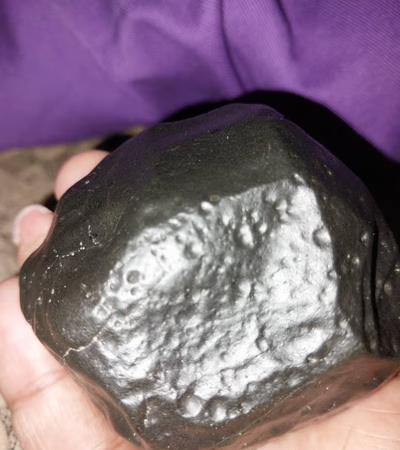 سوڈان
سیاہ ہیرا
سوڈان
سیاہ ہیرا
لوہے کا مواد بہت کم ہے، سوڈان میں پایا جاتا ہے، سوڈان میں عمل درآمدتفصیلات
-
 سید احمد عبدالوهاب سید احمد 3 مہینے پہلے
سید احمد عبدالوهاب سید احمد 3 مہینے پہلے سوڈان
لونسلڈائٹ (ہیگزاگونل ڈائمنڈ)
سوڈان
لونسلڈائٹ (ہیگزاگونل ڈائمنڈ)
بہت سخت سفید پتھر جن کا کل وزن 67 گرام ہےتفصیلات
-
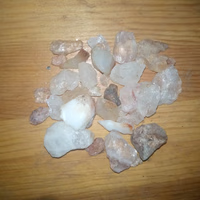 عمر محمد 3 مہینے پہلے
عمر محمد 3 مہینے پہلے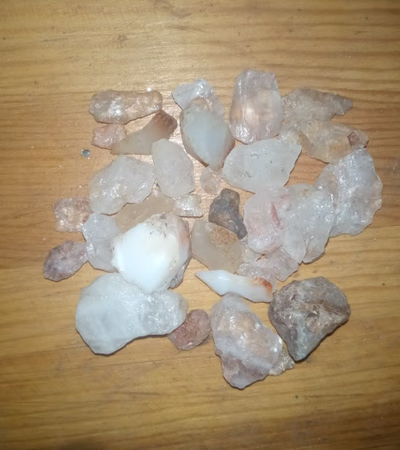 سوڈان
قیمتی پتھر کا جیولر
سوڈان
قیمتی پتھر کا جیولر
وہ جیولری اور قیمتی پتھروں سے ہیں۔ واٹس ایپ کے ذریعے رابطہ کرنے کے لیے 249969000629 ای میل mr1591934@gmail. comتفصیلات
-
 حسامزو 3 مہینے پہلے
حسامزو 3 مہینے پہلے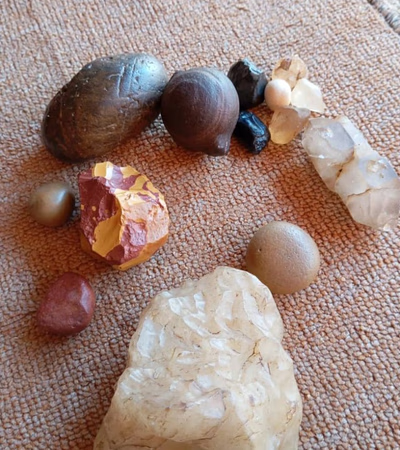 سوڈان
پتھر کاٹنے والا اور اینٹوں کا کام کرنے والا
سوڈان
پتھر کاٹنے والا اور اینٹوں کا کام کرنے والا
لیبیا یا سرحدی مثلث علاقے میں ترسیلتفصیلات
-
 مجتبی ابوزید 3 مہینے پہلے
مجتبی ابوزید 3 مہینے پہلے سوڈان
عقیق
سوڈان
عقیق
خام عقیقتفصیلات
-
 ابراہیم علاء الدین ابراہیم 3 مہینے پہلے
ابراہیم علاء الدین ابراہیم 3 مہینے پہلے سوڈان
قیمتی پتھر
سوڈان
قیمتی پتھر
قدرتی خام قیمتی پتھرتفصیلات
-
 صفا علی 3 مہینے پہلے
صفا علی 3 مہینے پہلے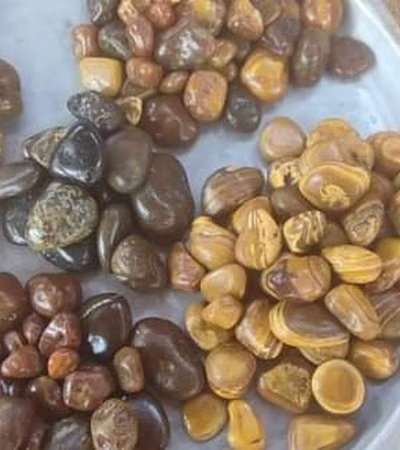 سوڈان
خام مخلوط ایگٹ
سوڈان
خام مخلوط ایگٹ
خام مخلوط ایگٹ (جگر، سرخ، پٹی دار، اور ہونٹ ایگٹ) اور سرخ، پیلا، کالا، اور کثیر رنگی جیسپر، چاند کا پتھر، سورج کا پتھر، پتھرائی ہوئی لکڑی، اور دیگر اق...تفصیلات
-
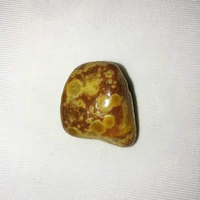 عبدوں 14 مہینے پہلے
عبدوں 14 مہینے پہلے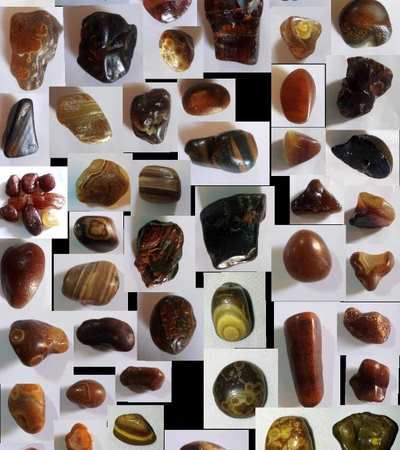 سوڈان
جواہرات
سوڈان
جواہرات
سوڈان سے فروخت کے لیے جواہرات واٹس ایپ 00249123857559تفصیلات
-
 مقداد احمد 3 مہینے پہلے
مقداد احمد 3 مہینے پہلے سوڈان
میٹیورائٹس
سوڈان
میٹیورائٹس
یہ ایک قدرتی چیز ہے جو خلا میں سرک کر زمین کی سطح تک پہنچتی ہے۔ میٹیورائٹس آسمانی اجسام ہیں جو سائنسدانوں اور فلکیات اور جیالوجی میں دلچسپی رکھنے والو...تفصیلات
-
 عبدالمجید عمر 3 مہینے پہلے
عبدالمجید عمر 3 مہینے پہلے سوڈان
قیمتی پتھر
سوڈان
قیمتی پتھر
ٹاپاز اور سٹرین پتھرتفصیلات
-
 موٹوکل 3 مہینے پہلے
موٹوکل 3 مہینے پہلے سوڈان
ہیروں کی تعداد 140 ٹکڑے ہیں، وزن 143 قیراط ہے، قیمت 2,500 ڈالر فی قیراط ہے، تمام دستاویزات مکمل ہیں۔ سامان کی جانچ کریں، وصول کریں، اور منتقل کریں۔ فروخت فوری ہے۔ مقام: اٹبرا
سوڈان
ہیروں کی تعداد 140 ٹکڑے ہیں، وزن 143 قیراط ہے، قیمت 2,500 ڈالر فی قیراط ہے، تمام دستاویزات مکمل ہیں۔ سامان کی جانچ کریں، وصول کریں، اور منتقل کریں۔ فروخت فوری ہے۔ مقام: اٹبرا
ہیروں کی تعداد 140 ٹکڑے ہیں، وزن 143 قیراط ہے قیمت 2,500 ڈالر فی قیراط ہے، تمام دستاویزات مکمل ہیں۔ سامان کی جانچ کریں، وصول کریں، اور منتقل کریں فروخ...تفصیلات












